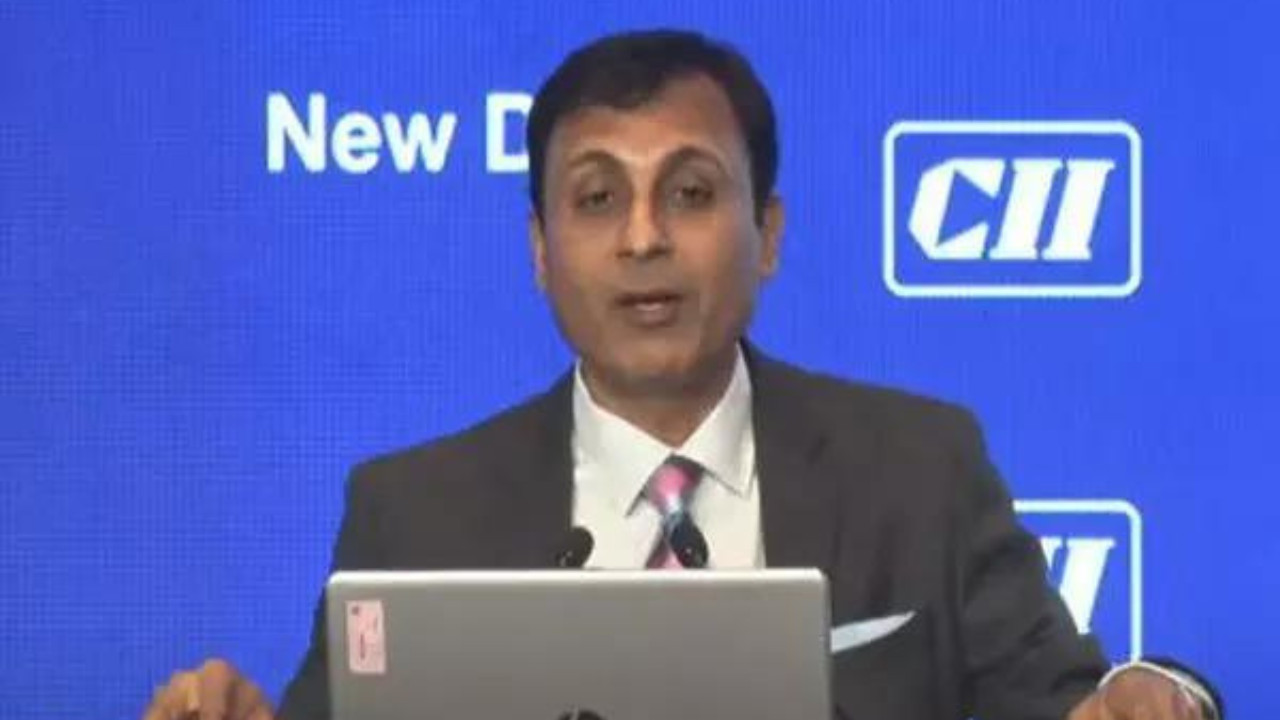India’s Global Capability Centres are poised to significantly boost the nation’s economy. Goldman Sachs executive predicts a $0.5 trillion contribution to India’s GVA in the coming decade. The GCC sector is expected to employ millions, playing a crucial role in India’s economic growth. India is strategically positioned to capitalize on global trends with its talent pool and AI advancements.
India’s Burgeoning Global Capability Centers: A $10 Trillion GDP Catalyst?
India’s economic engine is humming, and a significant part of that melody is being orchestrated by the country’s Global Capability Centers (GCCs). These aren’t just your typical outsourcing hubs; they’re evolving into innovation powerhouses, injecting specialized skills and advanced technologies into the Indian economy. Goldman Sachs recently highlighted their crucial role, suggesting that these centers could contribute significantly to India reaching a staggering $10 trillion GDP within the next decade. Let’s unpack this.
GCCs: More Than Just Cost Savings
For years, India has been a magnet for companies seeking cost-effective solutions for various business processes. The rise of GCCs, however, signals a shift. These centers, owned and operated by global corporations, are increasingly focused on higher-value activities, including research and development, product engineering, and digital transformation. They’re not just about cutting costs anymore; they’re about tapping into India’s rich talent pool to drive innovation and gain a competitive edge in the global market.
This evolution is precisely why Goldman Sachs is so bullish. They estimate that GCCs could add a whopping $0.5 trillion to India’s GDP. This projection isn’t just plucked from thin air; it’s based on the observation that these centers are expanding their scope and sophistication, generating far greater economic value than traditional outsourcing models.
Riding the Wave: India’s Tech Talent and Infrastructure
Several factors are fueling the GCC boom. India boasts a massive, young, and tech-savvy workforce. The country churns out millions of graduates each year, many with expertise in fields critical to the success of GCCs, such as software engineering, data science, and artificial intelligence.
Furthermore, India’s infrastructure, while still developing, has improved dramatically in recent years. The expansion of high-speed internet, the growth of data centers, and government initiatives to promote digital literacy are all creating a more favorable environment for GCCs to thrive. These factors, combined with a supportive regulatory landscape, make India an increasingly attractive destination for global companies looking to establish or expand their GCC operations.
Impact on the Indian Economy
The positive ripple effects of a thriving GCC sector are far-reaching. Beyond the direct contribution to GDP, these centers are creating high-skilled jobs, attracting foreign investment, and fostering a culture of innovation within the country. They’re also helping to bridge the skills gap, as many GCCs invest in training and development programs to upskill their employees.
Moreover, the presence of GCCs is stimulating the growth of related industries, such as IT services, consulting, and real estate. As these centers expand, they create demand for a wide range of supporting services, further boosting economic activity. The effect of Goldman Sach’s spotlight will attract even more.
Challenges and Opportunities Ahead
Of course, the path to a $10 trillion GDP isn’t without its hurdles. India needs to continue investing in education, infrastructure, and regulatory reforms to maintain its competitive edge. Issues such as data privacy, cybersecurity, and intellectual property protection also need to be addressed to ensure that GCCs can operate securely and confidently.

However, the opportunities are immense. As global companies increasingly recognize the value of GCCs, India is well-positioned to capture a larger share of this growing market. By focusing on innovation, talent development, and a business-friendly environment, India can solidify its position as a global hub for Global Capability Centers and accelerate its journey towards becoming a $10 trillion economy. Consider reading more about [India’s evolving tech landscape](internal-link-to-related-article).
India’s Economic Trajectory: A GCC-Fueled Future
The rise of Global Capability Centers in India isn’t just a business trend; it’s a fundamental shift in the country’s economic landscape. By leveraging its talent pool, improving its infrastructure, and fostering a culture of innovation, India is attracting global companies that are investing in high-value activities and driving economic growth. As Goldman Sachs points out, GCCs have the potential to significantly contribute to India’s goal of reaching a $10 trillion GDP, shaping the nation’s economic future for years to come. The focus on upskilling and innovation within these centers is a critical driver, ensuring sustainable growth and a stronger, more resilient Indian economy.
Final URL Slug: india-gcc-growth







